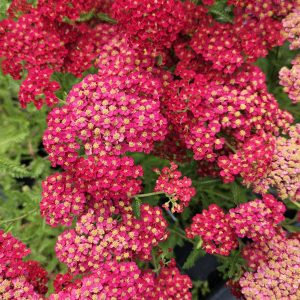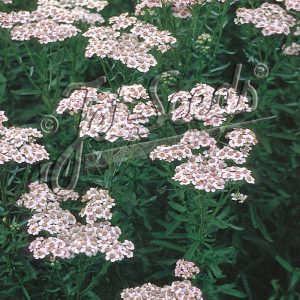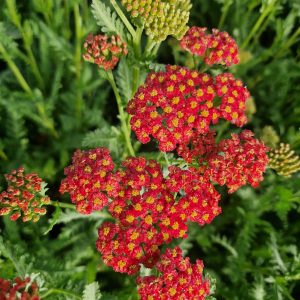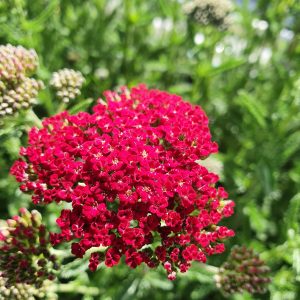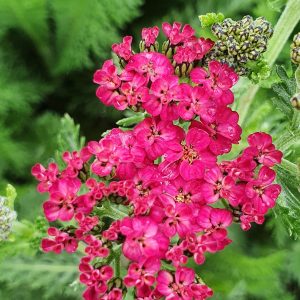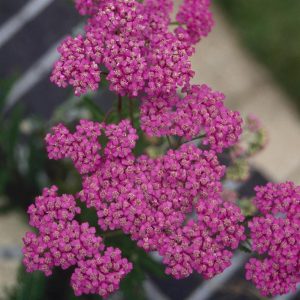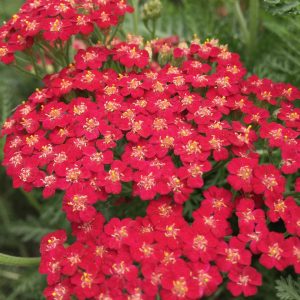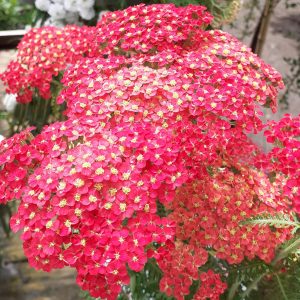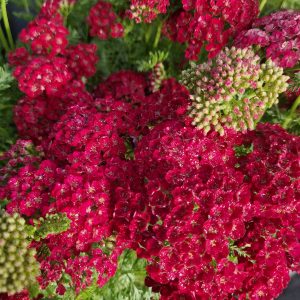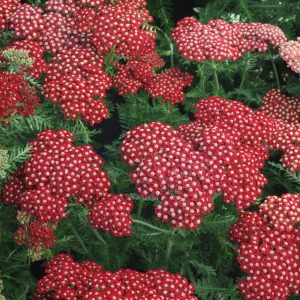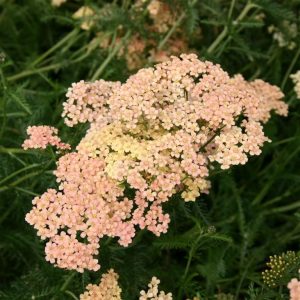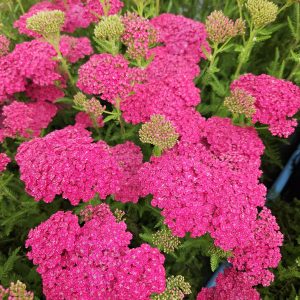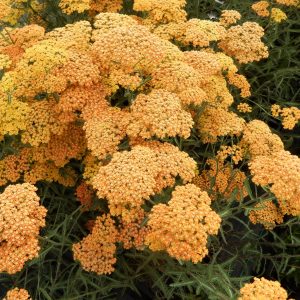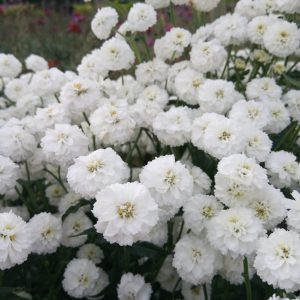Choose the Right Location
Sunlight: Achillea thrives in full sun. Select a location that receives at least 6-8 hours of direct sunlight daily.
Soil: Well-draining soil is crucial for Achillea. It can tolerate various soil types but prefers slightly alkaline to neutral soil. Amend heavy or clay soils with organic matter to improve drainage.
Planting Time
Spring or Autumn: Plant Achillea in the spring or autumn. This allows the plant to establish its roots before the heat of summer or the cold of winter.
Planting Process
Digging Holes: Dig holes that are slightly larger than the root ball of the Achillea plant.
Spacing: Space multiple plants about 18-24 inches apart to allow for proper air circulation.
Plant Depth: Place the plants in the holes at the same depth they were in the containers. Water the plants thoroughly after planting.
Watering
Initial Watering: Provide ample water after planting to help the roots establish. Water deeply, but be cautious not to overwater, as Achillea is susceptible to root rot in waterlogged soil.
Established Plants: Once established, Achillea is relatively drought tolerant. Water when the soil is dry to the touch. Deep, infrequent watering is preferable to frequent shallow watering.
Mulching
Mulch Benefits: Apply a layer of organic mulch around the plants to help retain soil moisture, suppress weeds, and regulate soil temperature.
Mulch Depth: Keep the mulch depth around 2-3 inches but avoid piling it against the base of the plant.
Fertilisation
Low-Maintenance Plants: Achillea generally doesn’t require heavy fertilisation. A balanced, slow-release fertiliser in spring is usually sufficient.
Avoid Excessive Nitrogen: Avoid high-nitrogen fertilisers, as they can encourage excessive foliage growth at the expense of flowering.
Pruning
Deadheading: Regular deadheading (removing spent flowers) encourages continuous blooming and prevents self-seeding.
Autumn Clean up: Trim back the foliage in late autumn or early spring to rejuvenate the plant and maintain its appearance.
Pest and Disease Management
Resilient to Pests: Achillea is generally resistant to most pests but keep an eye out for aphids and treat them promptly.
Good Air Circulation: Planting with adequate spacing and providing good air circulation can help prevent diseases like powdery mildew.
Division
Division Period: Every 2-3 years, divide mature Achillea plants to maintain vigour and prevent overcrowding.
Spring or Autumn Division: Spring and Autumn are the best times for division. Lift the clumps, divide them, and replant the healthy sections.



